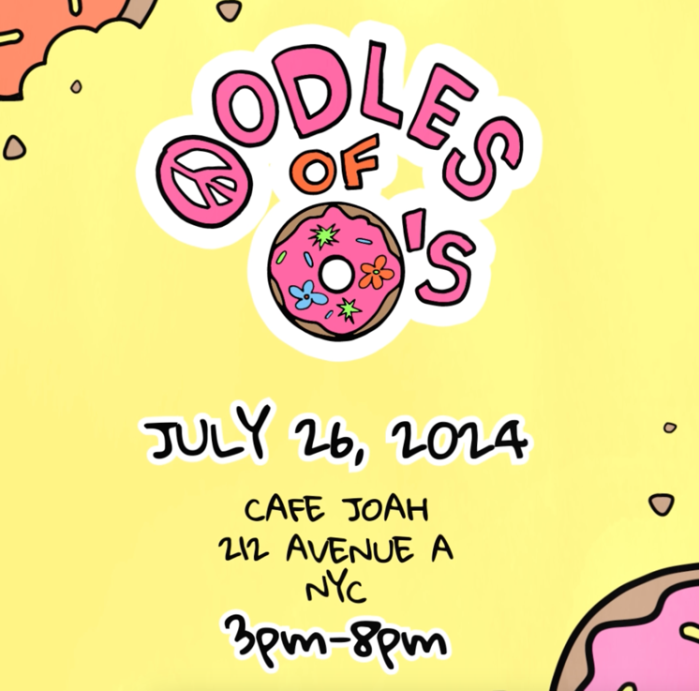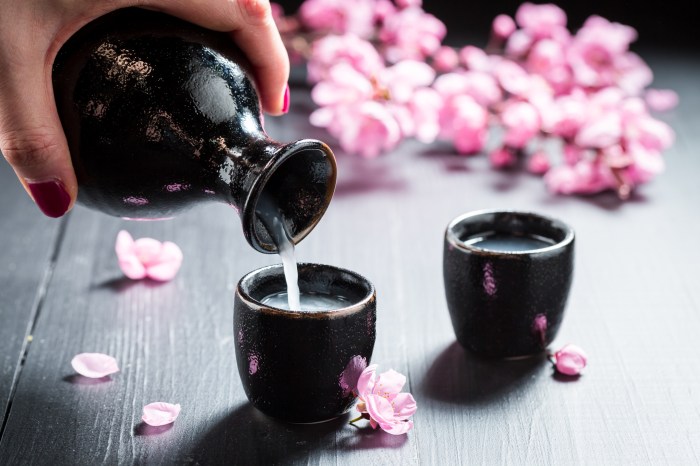As a health coach, one of the most popular activities Maria Marlowe does with her clients is grocery store visits.
They’ll spend up to two hours going throughout the store, from how to pick the best produce to the difference between pasture-raised and free-range eggs, to how to read a nutrition facts label on packaged goods.
“A lot of people wanted the information, there’s so much you don’t know,” said Marlowe, who studied holistic nutrition at the Institute for Integrative Nutrition. To help others make their trips to the grocery store easier — and healthier — Marlowe shares her tips in her new book, “The Real Food Grocery Guide” ($21.99, out June 1).
The guide breaks down each aisle of the grocery store and the health benefits and concerns of what you’ll find, with a focus on choosing “real food” (fresh vegetables, fruits, whole grains, legumes, nuts, seeds, organic eggs, wild fish and unprocessed meat) and avoiding refined foods.
amNewYork spoke with Marlowe, who runs an integrative nutrition practice in NYC, about her book.
Why is it so confusing to eat healthy today?
I think that there is just an overwhelming amount of choice — if you want a dark chocolate bar, you have 100 different choices. And you hear buzz words thrown around — organic, natural, grass-fed, free range. I think people just get confused, and the meaning of the words becomes a little bit uncertain … and makes grocery shopping frustrating.
What are some of the biggest questions you get as a health coach?
With the packaged foods, the biggest question there is, how do you read the nutrition facts panel? My opinion on that is, that’s not the place you want to look first. The first place you want to look is the ingredients list. We’re taught to look for calories, to look for grams of fat. Most people don’t look for anything else. But it’s about flipping that mindset and choosing foods that contain real food ingredients — for example ingredients you would use at home in your own cooking, and not high fructose corn syrup. Another question I get all the time is about calories. I think we have this idea drilled into our heads — calories in, calories out. … It’s making sure people understand that difference between high-quality and low-quality calories.
What are topics you wanted to make sure you addressed in your book?
I think oils is a really interesting section of the book. There’s just so many different oils right now, and that’s another area where I think people are overwhelmed and confused. The sweets and sweetener section also gives people an option to quit sugar and add in foods that are naturally sweet, such as dates. I think we’re definitely seeing a shift now more in our packaged products — you can get chocolate sweetened with monk fruit, whereas a few years ago you couldn’t.
What are other ways stores are offering healthier choices?
I think we are so lucky now, there are so many more choices. I think as people become more health-conscious and want products, for example, without gluten or without dairy or without refined sugar, more and more producers and manufacturers are popping up to make these things. That being said, I still think there are products that have a healthy halo around them. You have to be cognizant of that. But for the most part I think we’re moving in the right direction.
Shopping list
Maria Marlowe on what’s usually in her grocery cart:
Fresh greens: “It’s usually some variation of kale, with chard or spinach or arugula.”
Cruciferous vegetables: “Things like broccoli, cauliflower, cabbage — those are really great for helping our bodies detox and keeping us super healthy. They support the immune system.”
Seasonal fruit: “We’re just going into berry season now, soon my cart will be filled with blueberries and strawberries. I do pick up a lot of frozen fruit to put in smoothies — that’s a great way to save money.”
Nuts and seeds: “Hempseeds, sunflower seeds, almonds — those are usually always in my house.”
Spices: “I’m constantly replenishing them because I go through them so quickly — cumin, turmeric, oregano, thyme, rosemary.”
Not in her cart? Packaged foods: “I tend to buy my fresh stuff — produce, seafood — in the grocery store or farmer’s market, and then everything else I’ll buy online,” says Marlow, who’s a fan of vitacost.com for deals on goods like coconut oil, almond flour and nut butters like cashew or tahini. “When you buy your dry stuff online and save money, you can spend a little more on the fresh stuff.”































